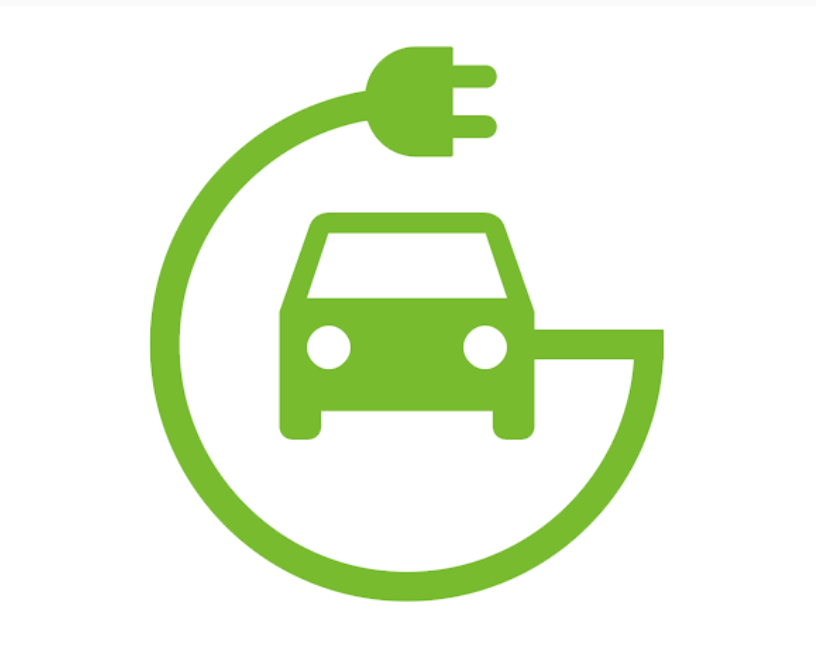
The chief cause of problems is solutions. (Eric Sevareid 1970)
           Last month I wrote about my search for, and finding of, an electric vehicle after our Plug-in Prius was destroyed in a collision. I received messages that made me reconsider if the future of vehicles is, indeed, electric.
           There are many advantages to a vehicle that is solely powered by electricity, or a hybrid with both a gas engine and an electric motor. Being somewhat of a “technonerdâ€, I have enjoyed learning about Electric Vehicles. Getting 74 miles to the gallon of gas in the Prius was rewarding, but that figure is far surpassed by the mileage of its replacement, the Honda Clarity. Because I can recharge it at home from a solar array, and because it hasn’t yet roamed far from home, it is getting about 300 mpg with nocarbon emissions!
           Let’s first look at the good side of EVs. They emit less pollution and fewer greenhouse gases than their fossil fuel cousins. The decrease in air pollution will make us healthier and promote longevity. Because EVs are more efficient than internal combustion engines, this is true even if the electricity to recharge an EV is generated using coal. It is also true that electric components need little or no service, as opposed to internal combustion vehicles. Furthermore, the price of EVs is dropping and the technology and performance are improving by leaps and bounds.
           Unfortunately, as Sevareid pointed out, there are difficulties that keep EVs from being the perfect solution to travel. For instance, I keep wondering what would happen if an EV is recharging and there’s a lightning strike nearby. Is there protection against a big electrical surge? People who drive a pure EV may have “range anxietyâ€; what happens if the battery runs out of juice away from a plug? Unless you own a Tesla and a Supercharger is convenient, you can waste a lot of time waiting for the battery to recharge. Our new Clarity takes several hours to recharge in the summer heat, and I can hear its battery’s cooling fan coming on repeatedly. Do local mechanics know how to repair an EV if something goes wrong?
           EVs are so expensive most people would have trouble affording one. Federal and state rebates bring down the price of an EV, but that only applies to the original purchase.
           Although the heart of an EV—the battery and electric motor—are miracles of modern engineering, they require elements that are in limited supply. Furthermore, production of those elements sometimes conflicts with human rights or with care for the environment.
           For instance, there are large deposits of lithium, needed for batteries, in South America. The environmental effect of lithium production is a concern, especially in places where it is plentiful and environmental regulations are lax. Are EVs environmentally friendly if ecologies are irreparably impacted by our need for this element?
           The motors of EVs need magnets that are much stronger than those we played with as kids. They require elements such as cobalt, nickel and the rare earth elements neodymium and samarium. There are good reserves of cobalt, but half of it comes from the politically insecure Democratic Republic of Congo. This country is so unstable that even doctors trying to save Congolese lives from Ebola have come under fire. At best, the conditions of mines in Congo are atrocious, both for the workers and for the environment. The reserves there may be used up in just a few years. Other materials, including copper, needed for EVs are in limited supply and may become very costly in the future. I hope that all these building blocks are recycled when a vehicle is no longer drivable!
           Although EVs are better than fossil-fueled vehicles, they aren’t a perfect answer to reducing pollution and slowing climate change. Nevertheless I think that we will be seeing more of them on the streets of Durango. Already there are a few charging stations around town and more in the works, including at Fort Lewis College. The City of Durango is asking for input about putting charging stations at the library and at the rec. center. Please comment at: www.durangogov.org/virtualcityhall
           Consuming less is important for climate change and our environment. This means driving less and walking or biking more. Most important, however, is slowing population growth. Politicians seldom talk about climate change, let alone the connection between reproductive rights and climate change. As the political campaigning heats up, please keep your eyes open to this connection.
 © Richard Grossman MD, 2019
